
Ivan IV Vasilyevich, commonly known as Ivan the Terrible, was Grand Prince of Moscow and all Russia from 1533 to 1547, and the first Tsar and Grand Prince of all Russia from 1547 until his death in 1584. Ivan's reign was characterised by Russia's transformation from a medieval state to a fledgling empire, but at an immense cost to its people and long-term economy.

The Tale of Tsar Saltan, of His Son the Renowned and Mighty Bogatyr Prince Gvidon Saltanovich and of the Beautiful Swan-Princess is an 1831 fairy tale in verse by Alexander Pushkin.

Maria Feodorovna Nagaya, named Marfa as a nun was a Russian tsarina as the last wife of Ivan the Terrible. She was mother of Tsarevich Dmitry of Uglich and played a role in the reign and deposition of False Dmitry I.
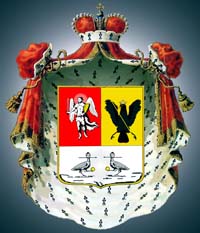
The House of Repnin, the name of an old Russian princely family of Rurikid stock. The family traces its name to Prince Ivan Mikhailovich Obolensky (+1523), nicknamed Repnya, i.e., "bad porridge". Like other Princes Obolensky, he descended from Mikhail Vsevolodovich, prince of Chernigov, who, in 1246, was assassinated by the Mongols.
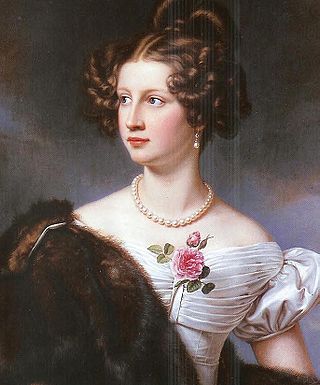
Countess Amalie Maximilianovna Adlerberg was an illegitimate daughter of Duchess Therese of Mecklenburg-Strelitz, fathered by Bavarian diplomat Maximilian-Emmanuel Graf von und zu Lerchenfeld auf Köfering und Schönberg (1772–1809). Duchess Therese had had an affair with the Bavarian diplomat while her husband Karl Alexander, 5th Prince of Thurn and Taxis, was in Paris for several years at the invitation of Napoleon Bonaparte. Amalie's mother was an aunt of Empress Alexandra Feodorovna, wife of Tsar Nicholas I.

The Fire of Moscow occurred on 24 May 1571, when the Crimean army led by the khan of Crimea Devlet I Giray, bypassed the Serpukhov defensive fortifications on the Oka River, crossed the Ugra River into the Moscow suburbs, and rounded the flank of the 36,000–40,000 men of the Russian army.
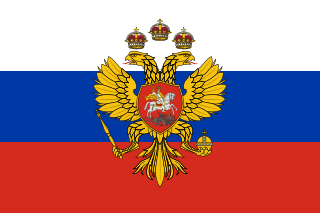
The Tsardom of Russia, also known as the Tsardom of Moscow, was the centralized Russian state from the assumption of the title of tsar by Ivan IV in 1547 until the foundation of the Russian Empire by Peter the Great in 1721.

The Little Humpbacked Horse, or The Tsar Maiden is a ballet in four acts and eight scenes with apotheosis.
Heinrich von Staden (1542–?) was a self-proclaimed "adventurer in Muscovy" and wrote of his accounts at the court of Ivan IV of Russia from 1578 to 1582.
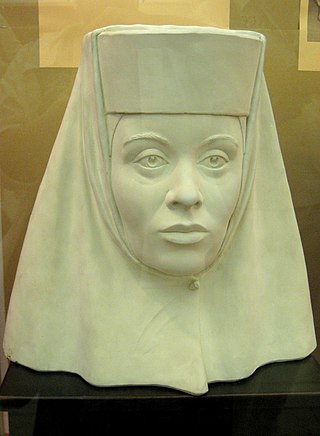
Irina Feodorovna Godunova, also known by her monastic name Alexandra (Александра), was the tsaritsa consort of all Russia by marriage to Feodor I from 1584 until his death on 17 January [O.S. 7 January] 1598. As her husband died childless, she was the de facto ruler of Russia until she retired to Novodevichy Convent nine days later. She remained the nominal ruler of Russia until her brother Boris Godunov was elected tsar on 3 March [O.S. 21 February] 1598.

Vasilisa Melentyeva was the legendary or real sixth wife of Ivan the Terrible. The marriage may have been celebrated in 1575 or she was simply a concubine. Modern scholars now tend to consider her to be a 19th-century fraud.

Michael I was Tsar of all Russia from 1613 until his death in 1645. He was elected by the Zemsky Sobor and was the first tsar of the House of Romanov, which succeeded the House of Rurik.

Marfa Matveyevna Apraksina was a Tsarina of Russia and the second spouse of Tsar Feodor III of Russia.

The Shamkhalate of Tarki, or Tarki Shamkhalate was a Kumyk state in the eastern part of the North Caucasus, with its capital in the ancient town of Tarki. It formed on the territory populated by Kumyks and included territories corresponding to modern Dagestan and adjacent regions. After subjugation by the Russian Empire, the Shamkhalate's lands were split between the Empire's feudal domain with the same name extending from the river Sulak to the southern borders of Dagestan, between Kumyk possessions of the Russian Empire and other administrative units.
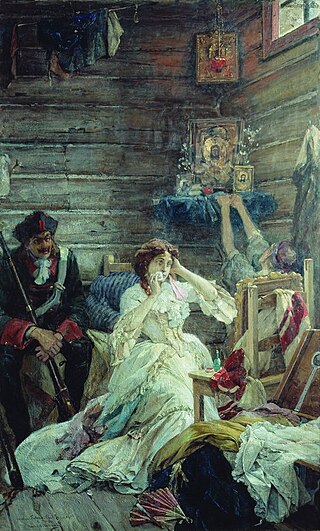
Mary Hamilton, or Maria Danilovna Gamentova, was the lady-in-waiting of Empress Catherine I of Russia and a royal mistress of Tsar Peter the Great of Russia. She was executed for abortion, infanticide, theft and slander of Empress Catherine. She is pointed out as one of the possible inspirations for the song "Mary Hamilton".
Yelena Ivanovna Sheremeteva was a Russian noblewoman, tsesarevna of Russia as the third wife of Tsarevich Ivan Ivanovich of Russia, son of Ivan the Terrible.
Euphemia Fedorovna Vsevolozhskaya, was a Russian noble, the fiancee of Tsar Alexis of Russia.
Daria Dolgorukova was the wife of the Ukrainian Hetman Ivan Briukhovetsky. She is known in connection to a witch trial – after her miscarriage, her spouse persecuted and executed several women accused of having caused it by use of magic. After the death of her husband, she was imprisoned by his successor.
The schism between the Ecumenical Patriarchate of Constantinople and the Russian Orthodox Church occurred between approximately 1467 and 1560. This schism de facto ended supposedly around 1560.
Russian–Kumyk wars — a series of military conflicts between the Russian Tsardom and the Kumyk Tarki Shamkhalate and other Kumyk states and feudal possessions during the 16th–18th centuries. At the end of the 18th century, as well as during and after the Caucasian War, and throughout the end of the 19th and the beginning of the 20th centuries, conflicts continued in the form of uprisings in Shamkhalate, Northern Kumykia, Southern Kumykia, and in the form of anti-colonial protests of individual villages (societies). In the result of these wars and uprisings, some Kumyk areas and villages were destroyed several times over.














